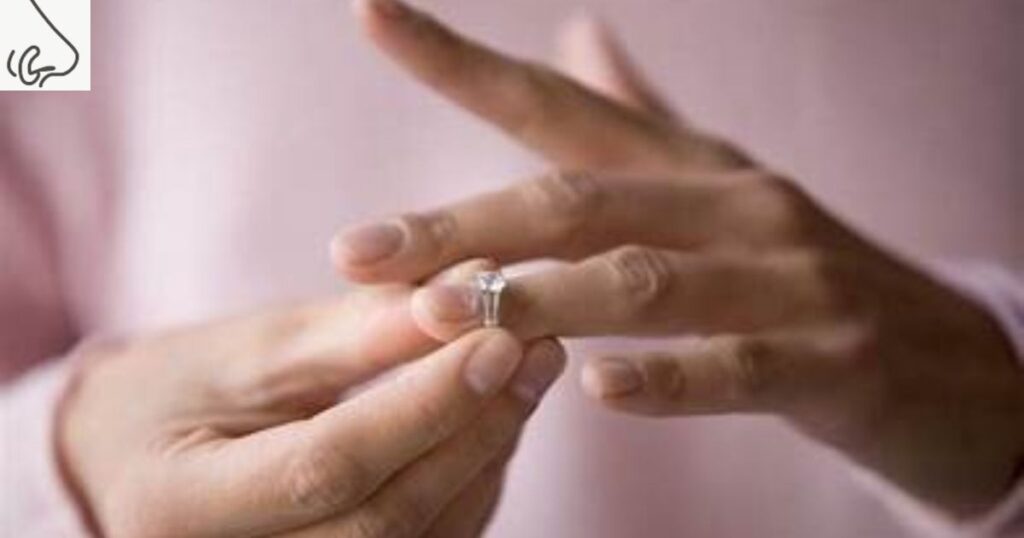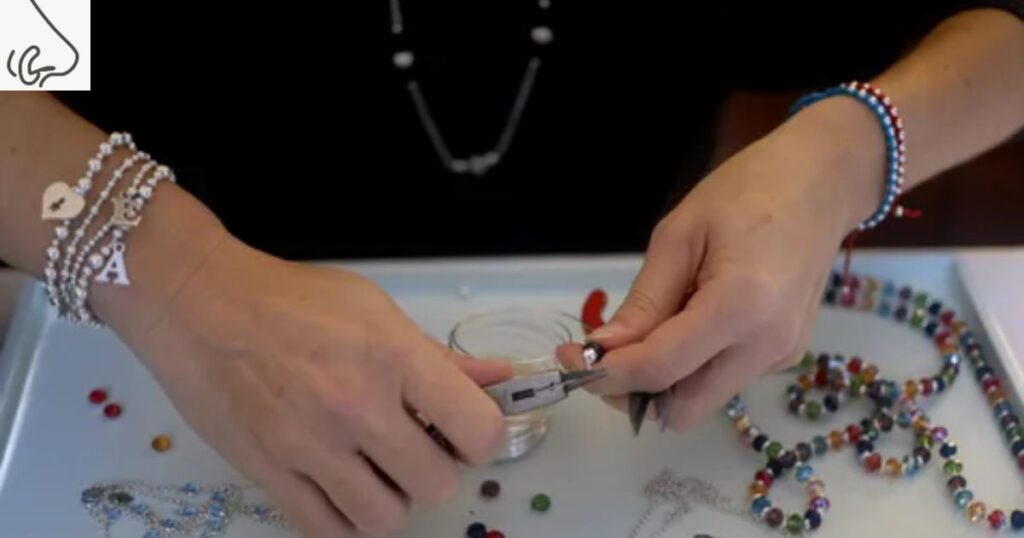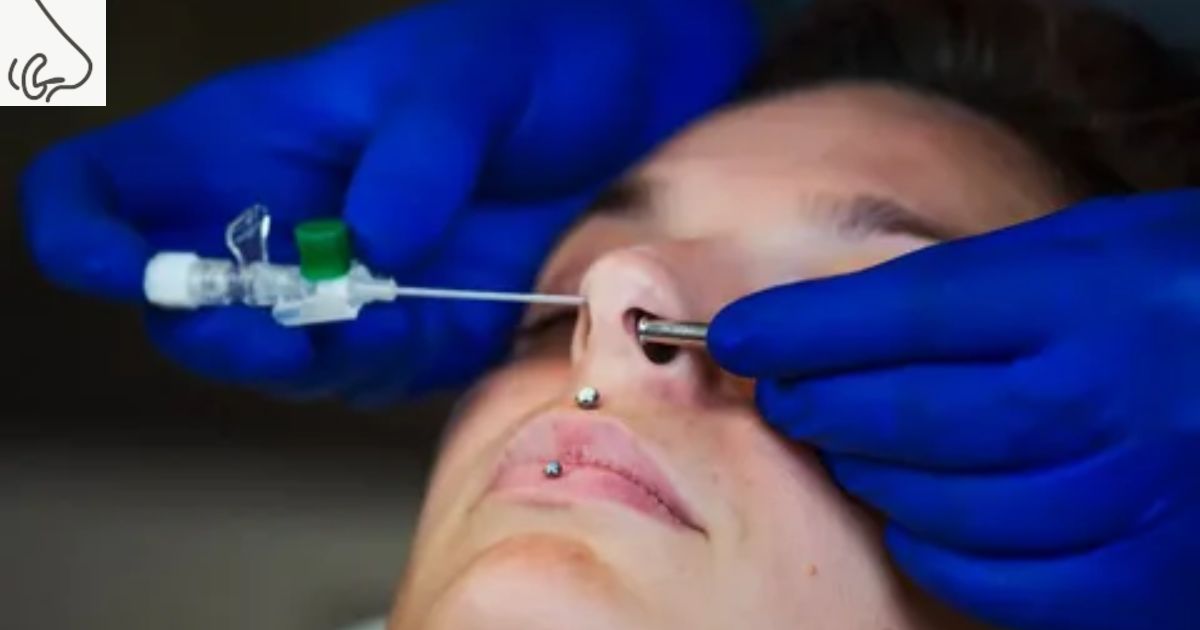Nose piercings are a popular form of self-expression, allowing individuals to adorn their faces with a subtle yet stylish accessory. However, sometimes piercings can present challenges, and one common issue is a sinking nose piercing. A sinking nose piercing occurs when the jewelry appears to be embedding or sinking into the skin around the piercing site, causing discomfort and potential complications. If you’re facing this issue, fear not, as we have the answers and solutions you need. In this comprehensive guide, we will discuss how to fix a sinking nose piercing, step by step.
Table of Contents
- Understanding Sinking Nose Piercings
- What is a Sinking Nose Piercing?
- Common Causes of Sinking Nose Piercings
- Recognizing the Early Signs
- Assessing the Situation
- Is It Truly Sinking?
- Is It an Allergic Reaction?
- Is It an Infection?
- Immediate Care and Precautions
- Clean Hands and Tools
- Avoid Touching or Rotating the Jewelry
- Choosing the Right Cleaning Solution
- Step-by-Step Guide to Fixing a Sinking Nose Piercing
- Remove Jewelry (When Necessary)
- Cleaning the Piercing Site
- Applying Warm Compresses
- Use of Saline Solution
- Over-the-Counter Topical Antibiotics
- Seek Professional Help
- Aftercare and Prevention
- Changing Jewelry Types
- Proper Hygiene Practices
- Choosing the Right Jewelry
- Regular Check-Ups
- Troubleshooting Common Issues
- Keloids and Scarring
- Persistent Redness and Irritation
- Pus and Discharge
- Hypertrophic Scarring
- When to Consult a Professional
- Frequently Asked Questions (FAQs)
- Can a Sinking Piercing Heal on Its Own?
- How Long Does it Take to Fix a Sinking Nose Piercing?
- Can I Reinsert My Jewelry After Fixing a Sinking Piercing?
- What If It Doesn’t Improve?
- Conclusion
- Patience and Persistence
- The Importance of Professional Advice
- Embracing Your Nose Piercing Journey
Understanding Sinking Nose Piercings
What is a Sinking Nose Piercing?
A sinking nose piercing, also known as an embedding or a migrating piercing, occurs when the jewelry, typically a stud or a hoop, appears to sink into the surrounding skin. This can lead to discomfort, redness, and even infection if not addressed promptly. Understanding the causes and recognizing the early signs are crucial for effective treatment.
Common Causes of Sinking Nose Piercings
Several factors can contribute to a nose piercing sinking into the skin:
- Jewelry Type: The choice of jewelry can impact the likelihood of a piercing sinking. Jewelry that is too small or made of inappropriate materials can cause issues.
- Allergic Reactions: Allergic reactions to certain metals, such as nickel, can lead to swelling and embedding of the jewelry.
- Infection: Infections can cause the tissue around the piercing to swell, pushing the jewelry deeper into the skin.
- Trauma: Frequent twisting, turning, or tugging on the jewelry can lead to embedding.
- Improper Piercing Technique: If the piercing was not done correctly, it can increase the risk of embedding.
Recognizing the Early Signs
Early recognition of a sinking nose piercing is crucial for effective intervention. Look out for the following signs:
- Discomfort: A sinking nose piercing can cause discomfort, tenderness, or aching around the piercing site.
- Redness and Swelling: The skin around the piercing may appear red, swollen, and inflamed.
- Jewelry Imprint: You may notice an imprint or groove in the skin where the jewelry is sinking.
2. Assessing the Situation
Before diving into the steps to fix a sinking nose piercing, it’s essential to assess the situation carefully to determine the underlying cause and severity of the issue.
Is It Truly Sinking?
The first question to address is whether your nose piercing is genuinely sinking or if you want to put an earring in your nose piercing. Sometimes, discomfort and redness may be due to other factors, such as an allergic reaction or infection. To confirm that your jewelry is sinking, look for an imprint or groove in the skin where the jewelry sits.
Is It an Allergic Reaction?
In some cases, the discomfort and swelling around your nose piercing may be due to an allergic reaction to the jewelry. Common allergens include nickel, which is often found in inexpensive jewelry. If you suspect an allergic reaction, consult a professional to determine if you should switch to hypoallergenic jewelry.
Is It an Infection?
Infections can also cause discomfort and swelling, making it appear as though your piercing is sinking. Look for signs of infection, such as pus, discharge, or a foul odor. If you suspect an infection, it’s crucial to address it promptly with proper care and, if necessary, consult a healthcare professional.
Immediate Care and Precautions
Once you’ve assessed the situation and confirmed that your nose piercing is sinking, there are immediate steps you can take to prevent further complications.
Clean Hands and Tools
Before touching your nose piercing or attempting any fixes, ensure that your hands and any tools you use are thoroughly clean. This reduces the risk of introducing additional bacteria to the area.
Avoid Touching or Rotating the Jewelry
Resist the urge to touch, twist, or rotate the jewelry excessively. Such actions can exacerbate the issue and push the jewelry deeper into the skin. Handle your piercing gently and sparingly.
Choosing the Right Cleaning Solution
Use a saline solution to clean the area around your piercing. Saline solution is a mild and effective option for cleaning, and it won’t irritate the skin. Avoid using alcohol, hydrogen peroxide, or other harsh cleaning agents, as they can be too harsh for the delicate piercing site.
Step-by-Step Guide to Fixing a Sinking Nose Piercing
Addressing a sinking nose piercing requires a step-by-step approach, and the specific steps you need to take may vary based on the severity of the issue.
Remove Jewelry (When Necessary)

In some cases, you may need to temporarily remove the jewelry. If you believe that the jewelry is the cause of the sinking, switching to a longer or properly-fitting piece may be necessary. However, consult a professional before doing this, as removing the jewelry without proper guidance can lead to complications.
Cleaning the Piercing Site
Regular and gentle cleaning is essential to prevent infection and promote healing. Use a saline solution or a saline wound wash to clean the area around your piercing. Here’s how:
- Wash your hands thoroughly.
- Moisten a clean cotton ball or cotton swab with saline solution.
- Gently clean around the piercing, removing any debris or crust that may have accumulated.
- Repeat this process twice a day.
Applying Warm Compresses
To reduce swelling and promote blood circulation in the area, you can apply warm compresses to your piercing. Here’s how:
- Soak a clean cloth in warm water and wring it out.
- Gently press the warm cloth against the piercing site for a few minutes.
- Repeat this process a couple of times a day.
Use of Saline Solution
In addition to cleaning, saline solution can be used to soak your piercing. This helps in reducing swelling and aiding the healing process. Here’s how:
- Create a saline solution by mixing a quarter-teaspoon of non-iodized sea salt with a cup of warm distilled or pre-boiled water.
- Use a shot glass or a small, clean container to hold the saline solution.
- Submerge your nose in the saline solution for a few minutes.
- Repeat this process once or twice a day.
Over-the-Counter Topical Antibiotics
If you suspect an infection, an over-the-counter topical antibiotic ointment may be helpful. Consult a pharmacist or healthcare professional to choose the right product and follow the instructions carefully.
Seek Professional Help
If the situation does not improve within a reasonable time frame, or if you notice signs of infection, it’s essential to seek professional help. A qualified piercer or healthcare provider can assess the situation and recommend the most appropriate course of action.
Aftercare and Prevention
Once you’ve successfully addressed the issue of your sinking nose piercing, it’s crucial to take steps to prevent it from happening again in the future and to ensure proper healing.
Changing Jewelry Types

If your sinking nose piercing was caused by jewelry that was too short or inappropriate for your piercing, consider switching to a longer or more suitable piece. Consult a professional to choose the right jewelry type for your piercing.
Proper Hygiene Practices
Maintain proper hygiene around your nose piercing to prevent future complications. Regular cleaning with saline solution and gentle handling are key components of good hygiene.
Choosing the Right Jewelry
When selecting jewelry for your nose piercing, opt for hypoallergenic materials, such as surgical stainless steel, titanium, or niobium. These materials are less likely to cause allergic reactions or embedding.
Regular Check-Ups
Schedule regular check-ups with a professional piercer or healthcare provider to monitor the progress of your nose piercing and address any potential issues before they become severe.
Troubleshooting Common Issues
In some cases, you may encounter other issues while fixing a sinking nose piercing. Here are some common problems you may face and how to address them:
Keloids and Scarring
Some individuals may develop keloids or excessive scarring around their piercings. If this occurs, consult a dermatologist or a healthcare professional for treatment options.
Persistent Redness and Irritation
If redness and irritation persist despite your efforts, consult a professional for a thorough assessment. This may be a sign of an underlying issue.
Pus and Discharge
Pus and discharge are common signs of infection. If you notice these symptoms, seek immediate medical attention to prevent further complications.
Hypertrophic Scarring
Hypertrophic scarring may occur if the tissue around your piercing swells excessively. Consult a professional for guidance on treatment options.
When to Consult a Professional
If you’re unsure about the severity of your nose piercing issue, or if you suspect an infection, always consult a professional piercer or healthcare provider for guidance. Prompt and appropriate treatment is essential to prevent complications.
FAQs
Can a Sinking Piercing Heal on Its Own?
In some cases, a sinking nose piercing may improve with proper care and precautions. However, it’s essential to monitor the situation and seek professional guidance if it doesn’t improve.
How Long Does it Take to Fix a Sinking Nose Piercing?
The time required to fix a sinking nose piercing can vary depending on the severity of the issue. It may take weeks to months for the situation to fully resolve.
Can I Reinsert My Jewelry After Fixing a Sinking Piercing?
If you’ve removed your jewelry and are considering reinserting it, consult a professional for guidance to avoid complications.
What If It Doesn’t Improve?
If your sinking nose piercing does not improve despite your efforts, consult a professional for a thorough assessment and treatment recommendations.
Conclusion
Fixing a sinking nose piercing can be a challenging but manageable process with the right knowledge and care. Patience and persistence are key when addressing piercing issues. Always consult a professional for personalized advice and guidance on the best course of action for your specific situation.
Embrace your nose piercing journey with confidence, knowing that you can overcome obstacles and maintain the beauty of your chosen adornment. With proper care and hygiene, you can enjoy a healthy and stylish nose piercing that adds a unique touch to your self-expression.



















